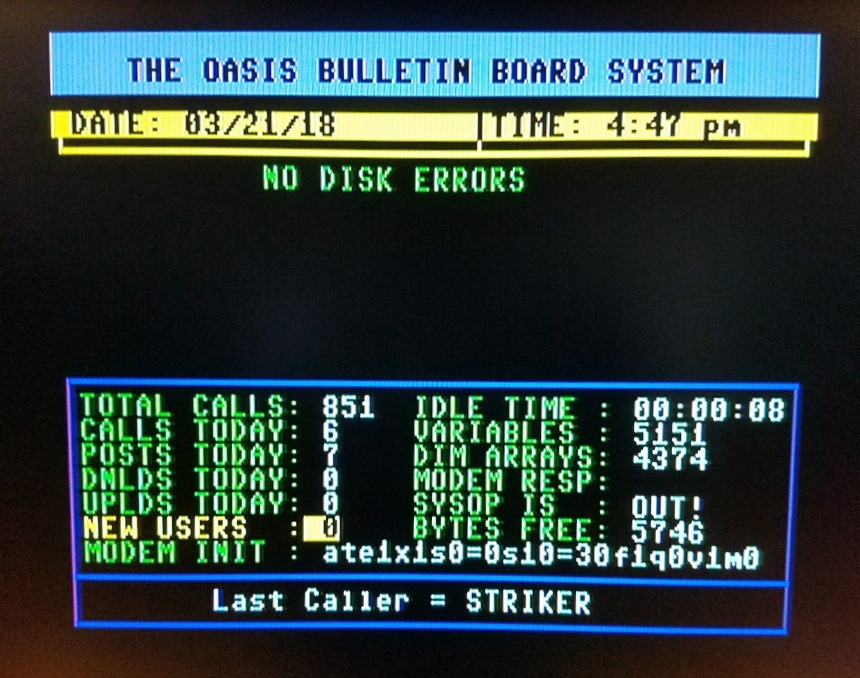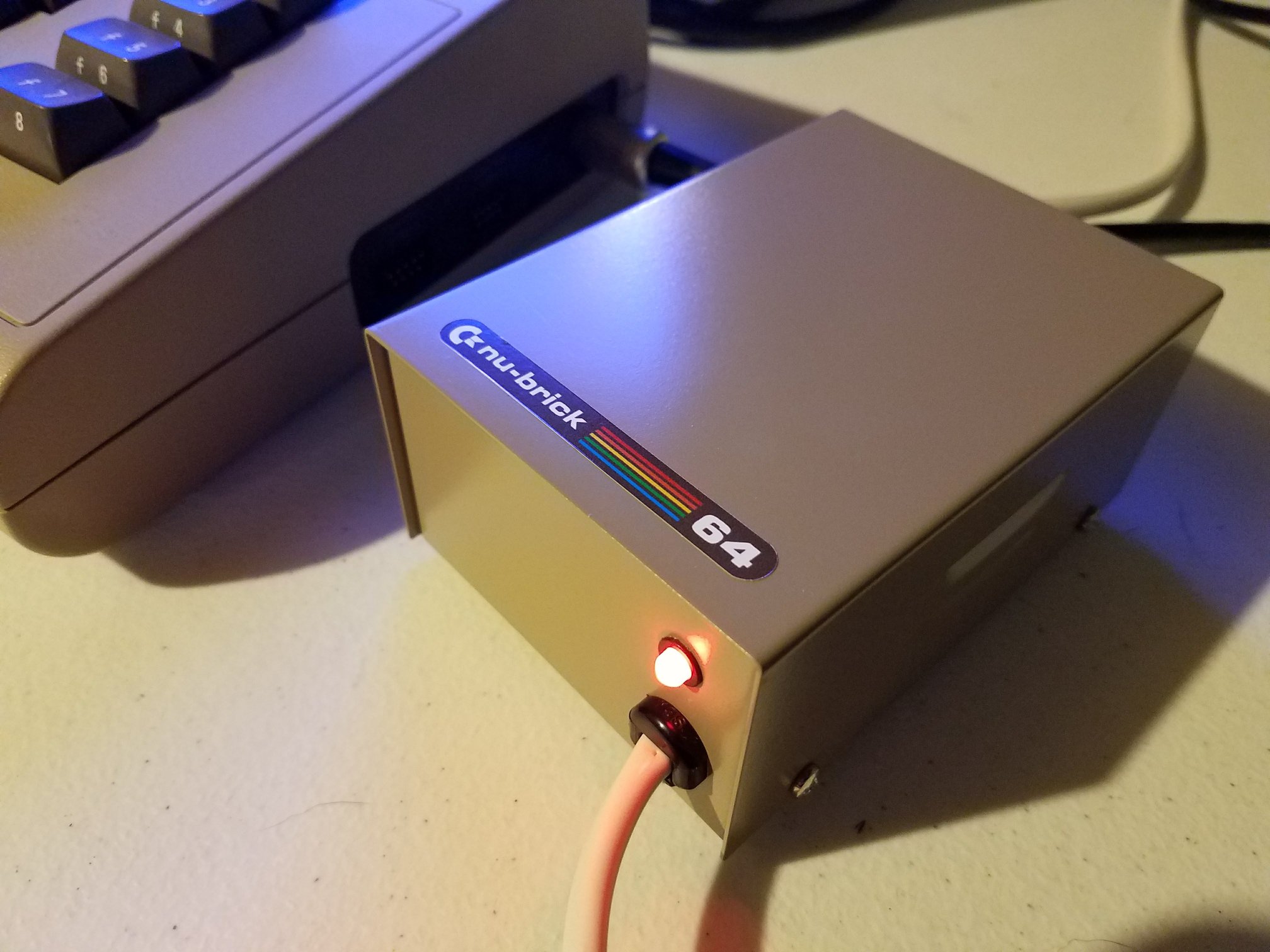When it comes to reviving a Commodore 64, the Triple Freedom crew never backs down from a challenge. In their latest video, they dive into another repair job that starts predictably—but ends with an unexpected twist.
Let’s break down the highlights of this curious C64 resurrection:
1. A Classic PLA Fix… Or So It Seemed
At first glance, the issue looked routine. A quick PLA swap got the machine booting again—a solid start and often a go-to first step in C64 diagnostics.
2. Audio Tests Raise Eyebrows
Just as things were looking up, the audio test revealed something fishy. Although sound was present, the filters weren’t behaving as they should. Something deeper was clearly going on beneath the surface.
3. Suspect U28? Not So Fast
Control port errors and a reported U28 fault pointed fingers at the multiplexer chip. But U28 had already been replaced, so the team dug deeper into the signal chain.
4. The SID Chip’s Surprise Betrayal
The actual culprit? A partially working SID chip. Despite producing some sound, it threw misleading errors—causing false reports of failures elsewhere. A classic case of a component just doing enough to fool you.
5. Important Lessons for C64 Fixers
The key takeaway when reviving a Commodore 64: a flawed SID can cause ghost problems. If U28 and control ports seem fine, don’t rule out that sneaky 6581 or 8580 just yet.
Whether you’re a seasoned retro repair wizard or just diving into vintage computing, this episode of Triple Freedom offers valuable insights—and a reminder that sometimes the guilty chip isn’t the one blinking red.
Until the next motherboard mystery, stay sharp and keep those soldering irons warm.







